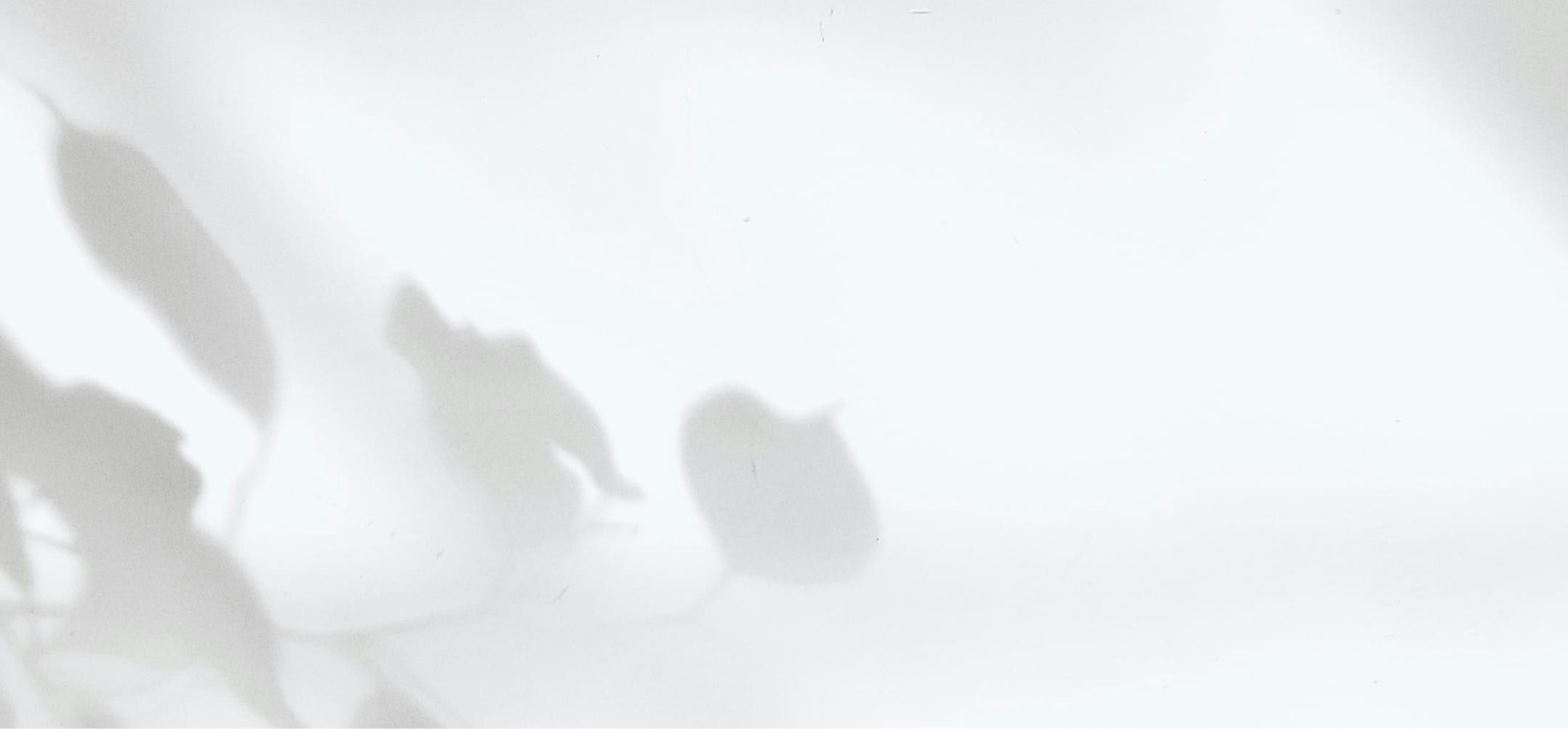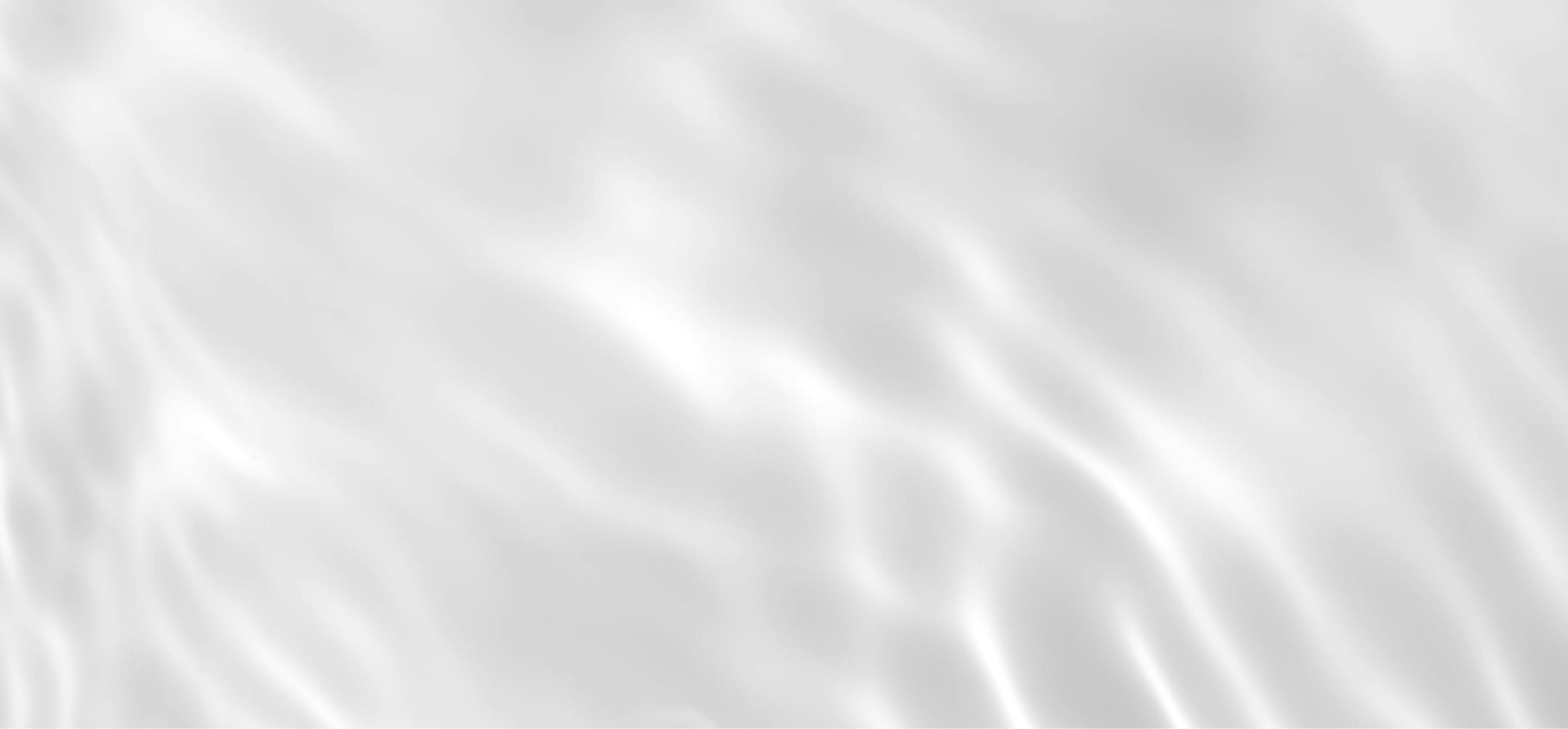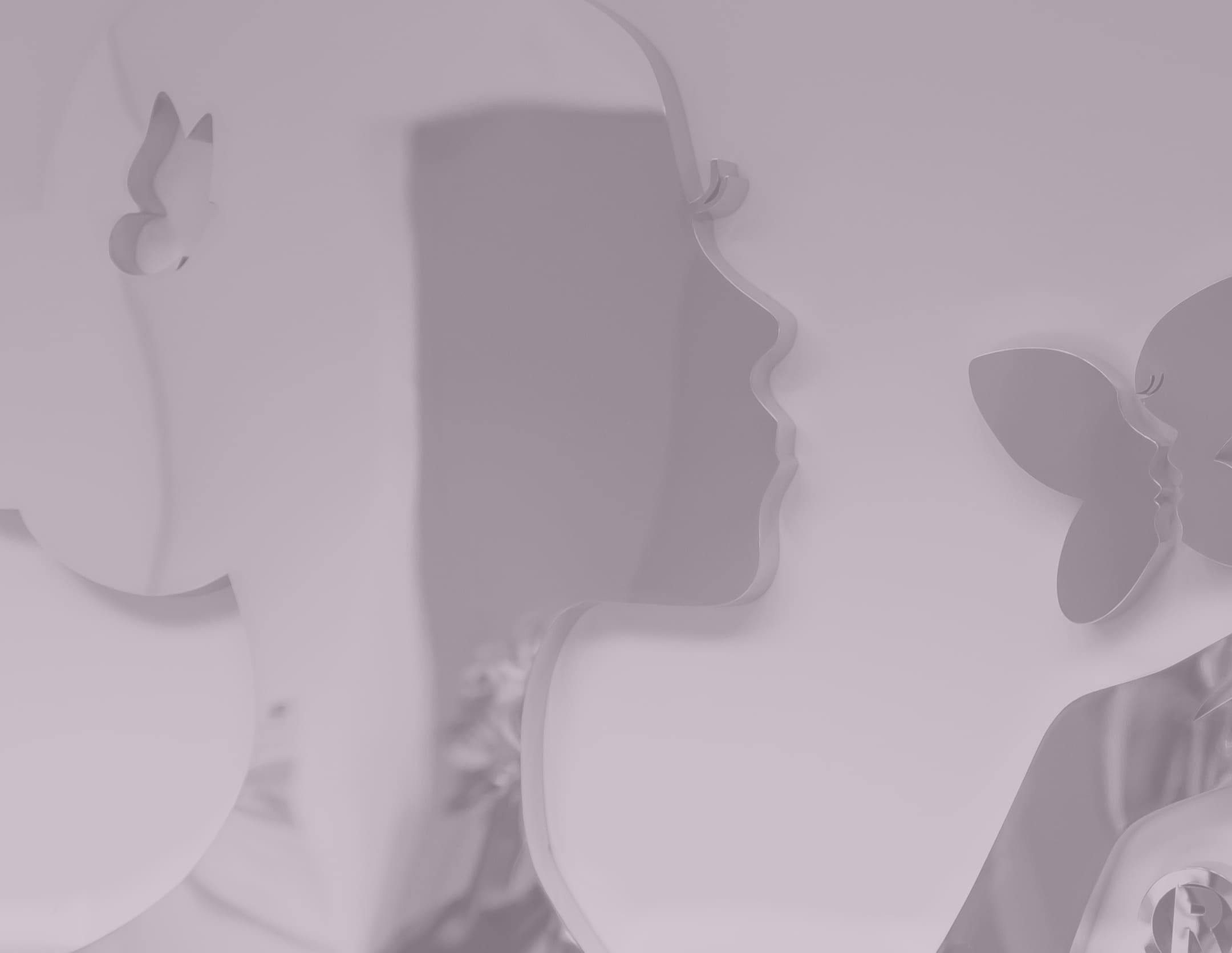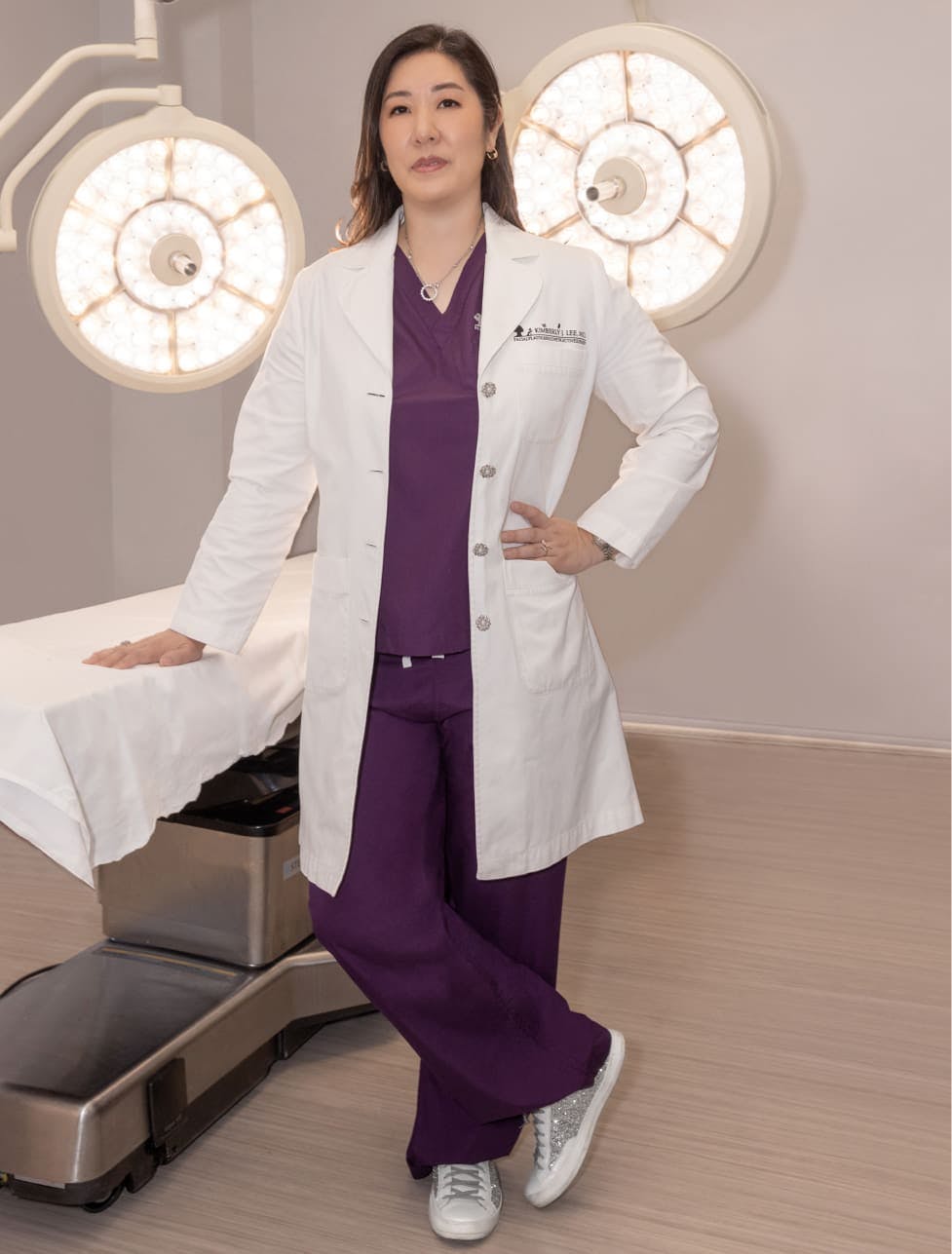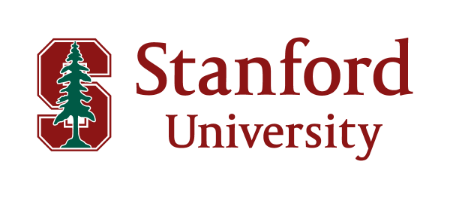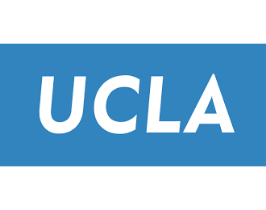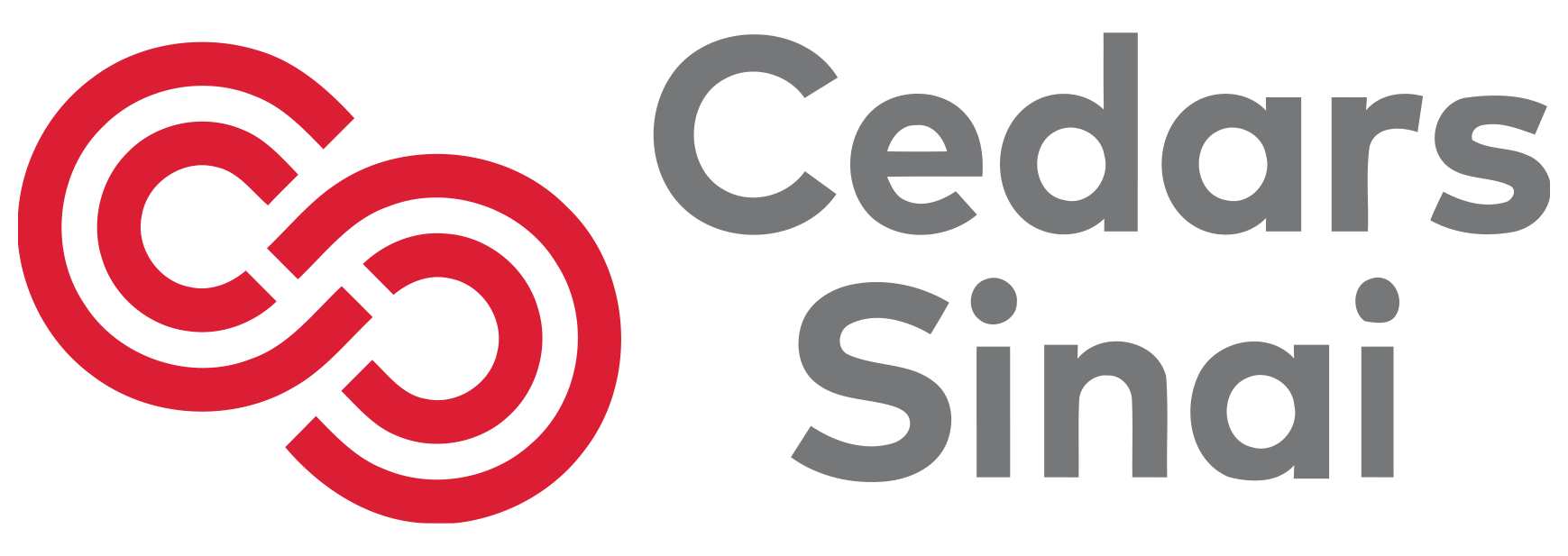As a highly experienced ethnic rhinoplasty surgeon, Dr. Kimberly Lee tailors every surgery specifically to you, your body type, and ethnic background.
Hispanic & Latin Rhinoplasty
People of Hispanic heritage can have different facial features depending on their origin. Hispanic refers to people primarily from Latin America, including Cuba, Mexico, and Puerto Rico, as well as Spain and Portugal. Each group has similar yet subtle differences in their overall facial structure.
Many rhinoplasty patients in the Los Angeles area are well represented by the Hispanic community and Dr. Lee has identified the features that are most troublesome to patients. These can be summarized as thick nasal skin combined with weak cartilage in the tip, a wide or flared nasal base, and a pronounced bump high on the bridge of the nose. These factors necessitate a careful and well-thought-out approach for Hispanic rhinoplasty procedures.
Thick nasal skin with a high concentration of oil-producing glands is common with Hispanic patients. The thick skin masks the cartilage in the tip and can make the nose appear wider overall. Thick skin over weak cartilage also creates a bulbous tip. Overcoming the masking property of thick skin is accomplished by building up the cartilage in the tip to provide a more defined base for the skin to cover.
Further refinement is achieved by carefully removing excess tissue at the base of the nose which narrows the base. These surgeries require a level of refinement that is accomplished through careful surgical planning and painstaking detail in execution.
Dr. Lee understands that a change of only a few millimeters can make a profound change in overall facial appearance. Tiny changes that improve definition and proportion are what create the overall exquisite results she routinely achieves for all of her Latin & Hispanic rhinoplasty patients.


